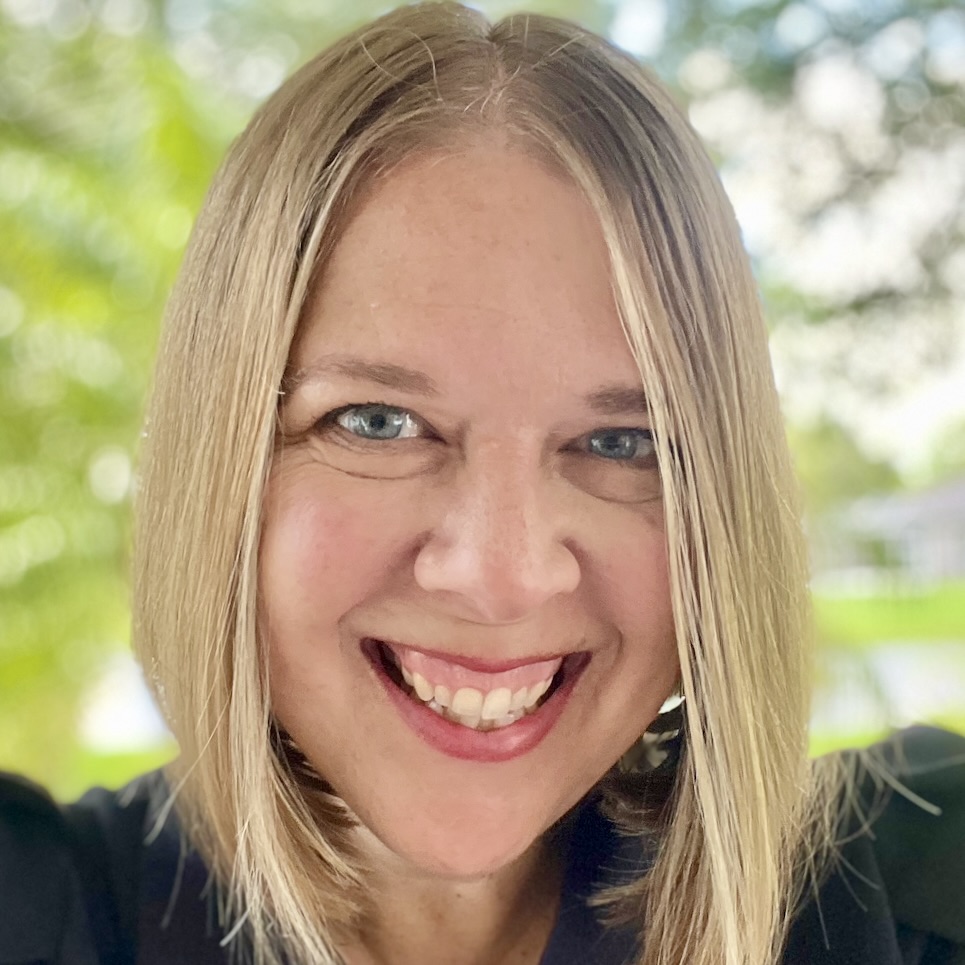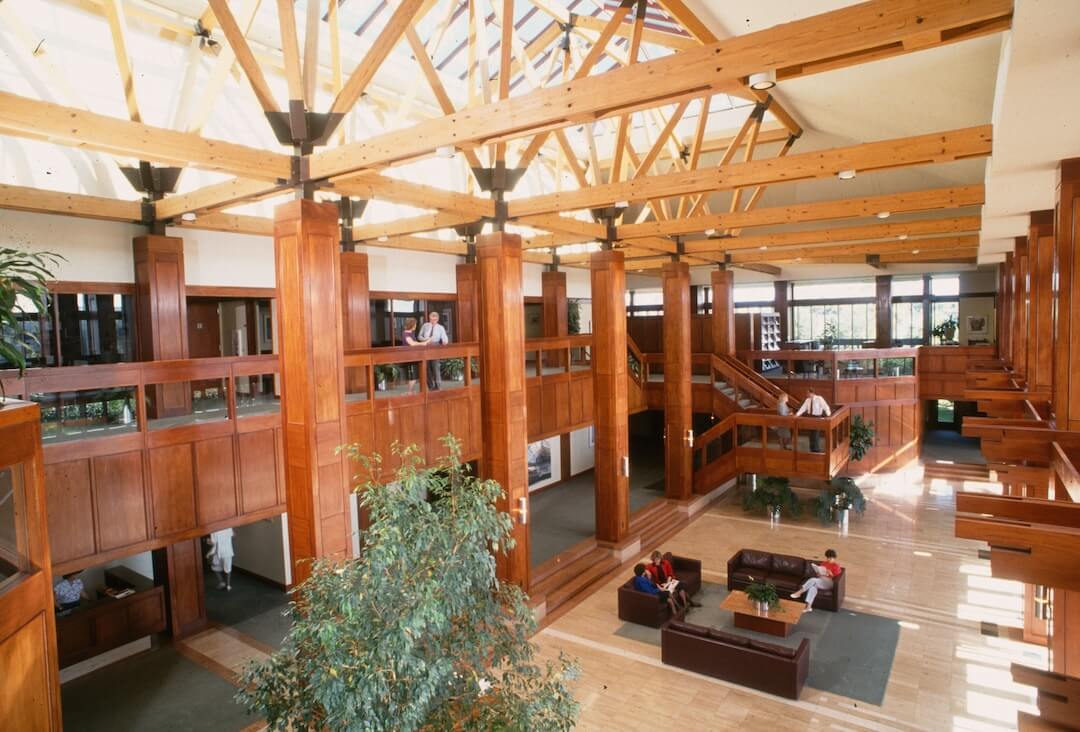How well do your surveys reflect the community? This tool can help.
Hare: Hi, Ren! I know it’s only Thursday, but I thought it might be a good time for us to pull a “Freaky Friday.” Have you seen that movie?
LaForme: Oh! I saw the one from the 2000s with Lindsay Lohan and Jamie Lee Curtis. Is that what you’re talking about?
Hare: It is! However, you should see if Netflix has the Jodie Foster version from the '70s. It’s better. Anyway, for our friends who aren’t familiar with either version, it’s about a mom and a daughter who switch places. This week, I thought you and I could do the professional version of that and I’ll tell you about a cool tool.
LaForme: Sounds good to me. Let me put on my Kristen hat. Hang on, gotta find a really fashionable one.
Hare: If it’s from a thrift store, you’ll be in character. Okay, so last weekend I got to go to Newsgeist in Phoenix.
LaForme: What is Newsgeist? It sounds a bit like a horror movie from the '80s.
Hare: I would totally watch that. It’s a smallish gathering of platforms, journalists, technologists, students and professors. It’s also an unconference, which means the attendees figure out what they’re going to focus on. I saw themes of global, local and the perennial question of “what do we do about Facebook?”
Also, in one session I sat in on, I heard about a tool for conducting surveys. It’s called Veracio.
LaForme: I haven’t heard of Veracio! We’re off to a good start here. Tell me about it. What sets it apart from other survey tools?
Hare: It’s super easy to use, I’ve watched the tutorials and it’s very user-friendly. There are options for different kinds of questions, including fill in the blank, multiple choice and even a slider. But the thing that I think makes it significant, especially for local newsrooms, is Veracio adds in a few questions about the respondent that match up with questions the U.S. Census asks.
Once the survey is complete, Veracio shows you the results and weights them with Census data to give you a more accurate picture of how what you’re hearing reflects your community.
LaForme: Okay, that’s pretty awesome. I haven’t heard of any other tools that work like that. Using the Census is brilliant. How do you see journalists using it?
Hare: So maybe you’re a journalist in Virginia or New Jersey, and you want to ask people what they want their newly elected politicians to focus on first. Veracio lets you specify a location that you’re focusing on.
What’s interesting about this tool to me is it helps give you a better understanding of what you’re hearing and how it compares with a specific population. As we all know, often the people we hear from the most aren’t totally representative of the places we cover.
Here’s how the site explains it: “Veracio automatically weights your survey responses using local census data to ensure they are representative of the population you are surveying, meaning inaccuracies are minimized. Each respondent’s answers are given more or less weight based on what proportion of the population they represent.”
Basically, weighted means if more women respond than men, and the community in question has more men than women, the women’s responses will be worth less, offering a better picture of the community.
LaForme: It sounds like it does a lot to add context and combat the “bubble” problem that we’ve been talking about since the last presidential election sort of took a lot of us by surprise?
Hare: Exactly. And I think it’s a great reminder of the importance of accurately reflecting your community.
LaForme: So give me the lowdown on this thing. You said it’s easy to use. Is it free? Do I embed it on my site or direct people to go to the Veracio site? I’m always trying to keep that sweet, sweet traffic on my site, you know. Oh, and do you know which news organizations are using it so far? Sorry, I have so many questions!
Hare: Never apologize for asking questions. It’s totally free. You can make as many surveys as you want. They are embeddable. I’m not sure who is using it yet, but it’s so easy, anyone can. One difference from some other tools is you do have to create an account.
Should we try one?
LaForme: You know it. What should we ask about?
Hare: Oh just wait.
OK click on over here. (I had trouble with the embed, but I think it's us, not the tool.) It’s a silly survey but a cool way to see how this works.
LaForme: I think we're having trouble with the embed because Veracio doesn't seem to offer an https embed, so it might be clashing with our site's security. If so, I'm sure they'll address that soon.
And just like that, we went right back in a circle. I have to ask one more question that you always ask me that occasionally drives me up the wall. What don’t you like about this tool?
Hare: Nice. I was able to find the embed and social sharing tools with less than my usual fumbling, and creating the survey itself was super easy. I have nothing to complain about yet, but will keep you updated next week with the results.
In the meantime, I’m going to make my kids watch both movies and compare.
LaForme: School them on the classics. I love it. Thanks for teaching me a new tool!







